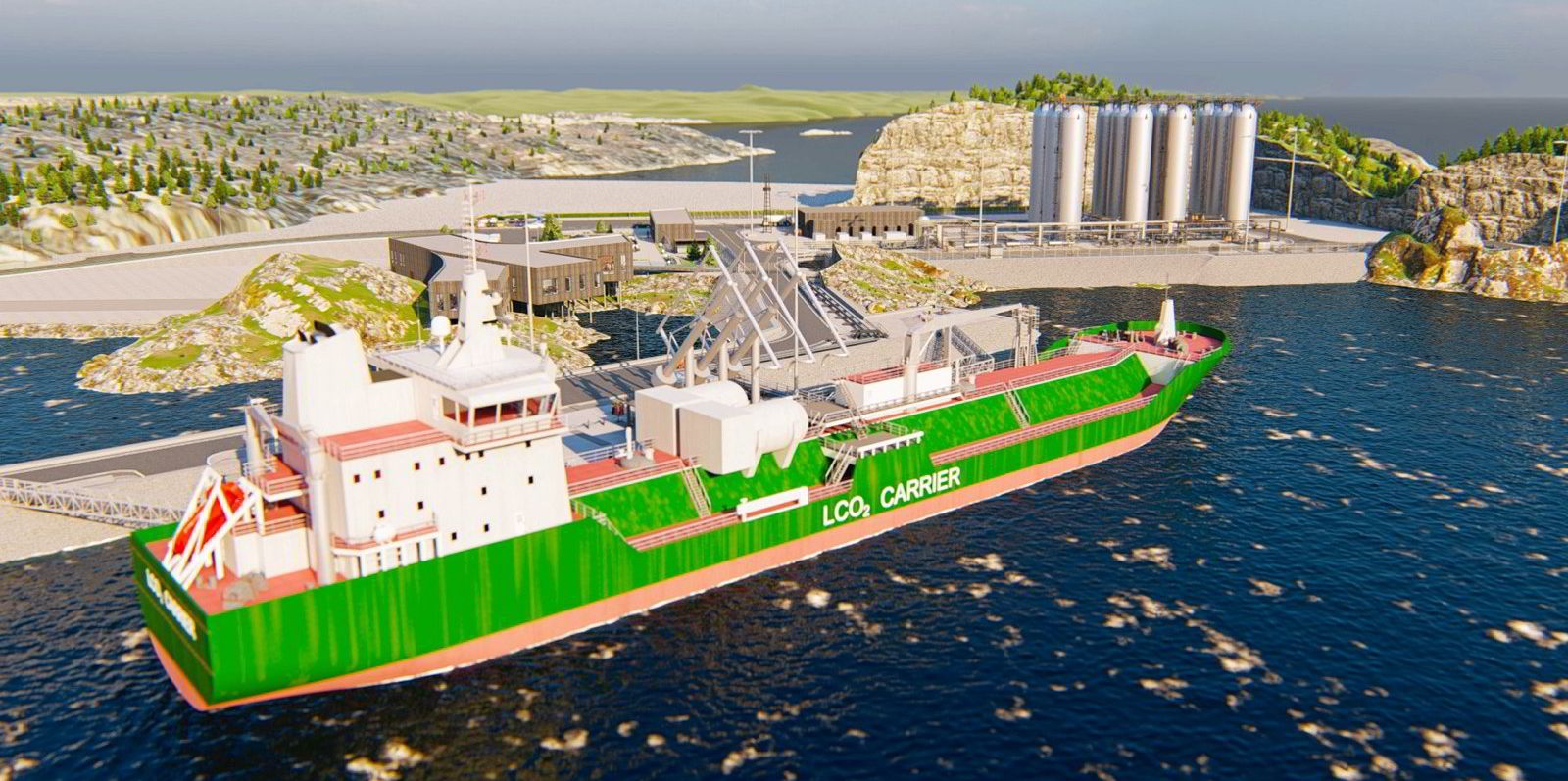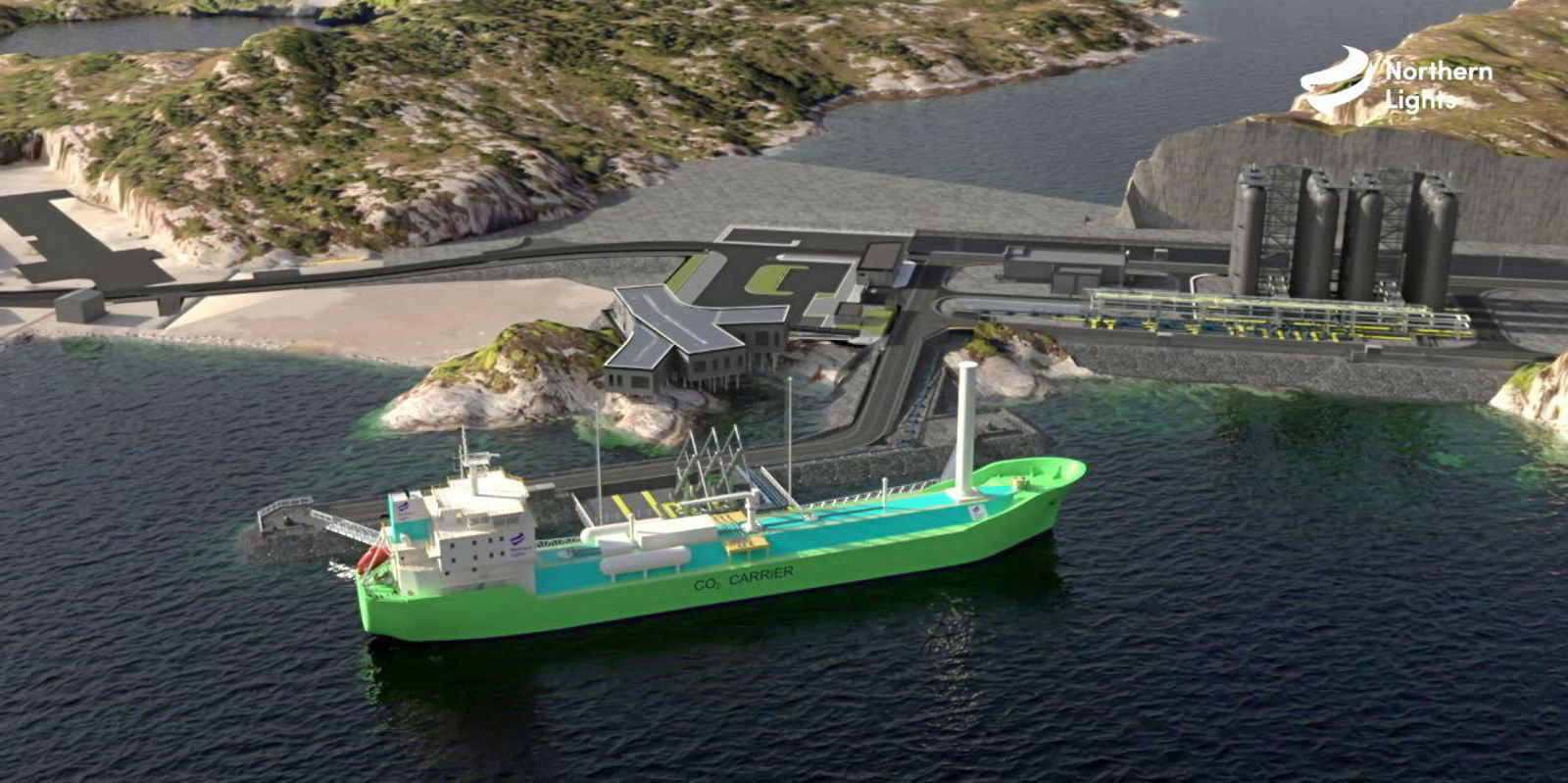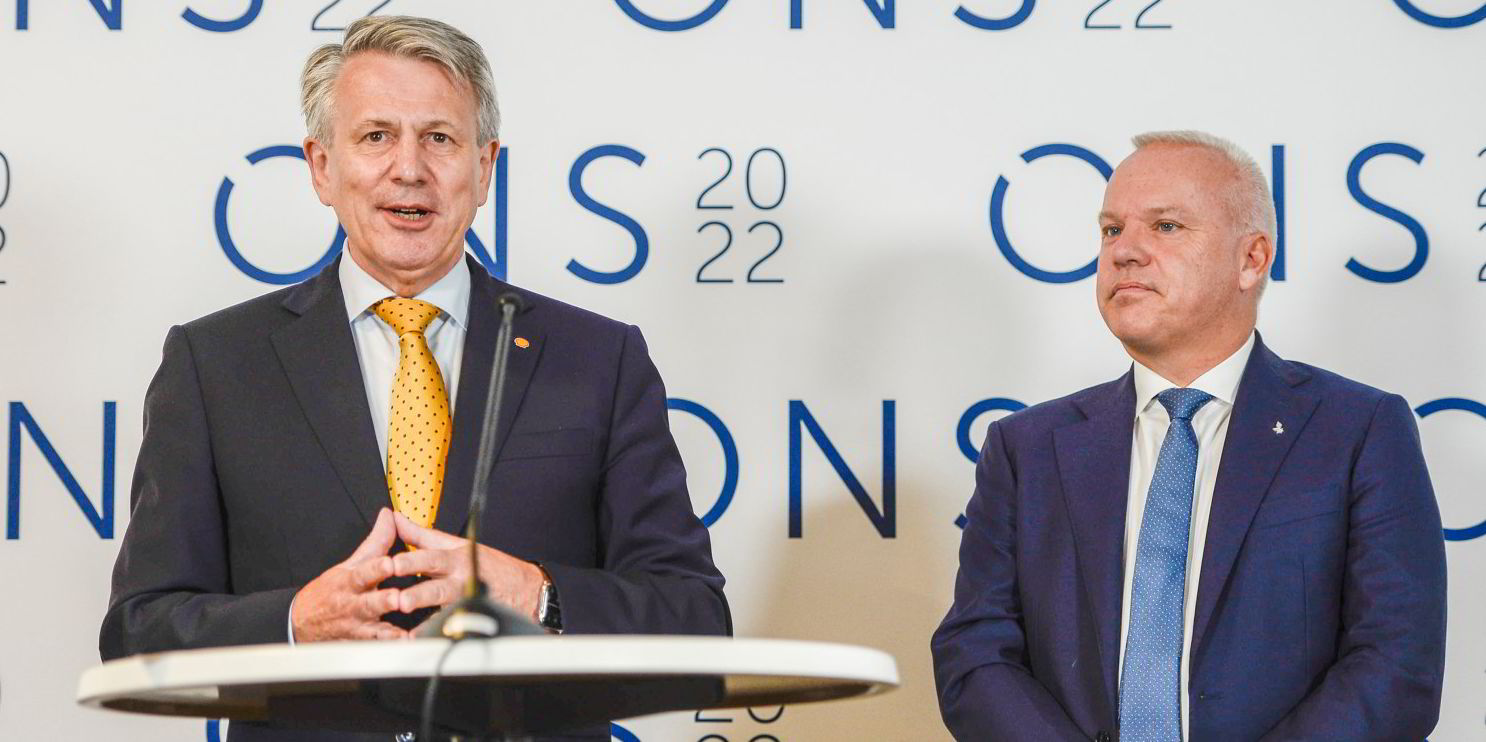Emerging carbon capture and storage joint venture Northern Lights is poised to order its next two specialist vessels as its ambitions grow.
TradeWinds has been informed by multiple sources that the company, which comprises a grouping of Norway’s Equinor alongside energy majors Shell and TotalEnergies, is close to concluding orders for two 12,000-cbm liquefied CO2 carrier newbuildings.
These vessels are substantially larger than the first pair of LCO2 carriers of 7,500 cbm, which were contracted by the project partners at Dalian Shipbuilding Industry Co. But in the future, they are likely to rank as small-scale compared with the large VLGC-sized ships being designed for the long-haul trades in this emerging shipping sector.
It has emerged that these first two 7,500-cbm LCO2 carrier newbuildings, which are being built with pressurised cargo tanks, were priced in the region of $52m to $53m per vessel.
The ships, which are scheduled for delivery in 2024, will be fitted with rotor sails supplied by Norsepower and air lubrication systems in an effort to reduce the ships’ carbon intensity by about 34%.
But details of the yard, delivery dates and planned end-deployment for Northern Lights’ upcoming 12,000-cbm next-generation ships have yet to emerge.
A spokeswoman for Northern Lights said that as part of the company’s plans to expand its storage capacity it expects to order new carriers to meet the increasing market demand in the coming years.
“We are currently searching the market for suppliers of larger carriers with 12,000-cbm capacity,” she said, adding that the company “cannot disclose any further details at this point in time”.
The Northern Lights partners already have hinted that their carbon capture and storage model project could be rolled out to other areas globally.
The partners’ first two vessels are to be used to ship captured and liquefied CO2 from European emitters to the Northern Lights receiving terminal in Norway’s Oygarden, where it will be stored 2,600 metres under the seabed on the Norwegian continental shelf.
In August, Yara Sluiskil signed the world’s first commercial agreement on cross-border CO2 transportation and storage with the joint venture and the partners declared the one-million-tonne-per-annum phase 1 of the project as having reached full capacity.
They said Northern Lights is “working to mature” the 5-mtpa to 6-mtpa phase 2 for final investment decision.
Speaking in Norway during August, Shell’s outgoing chief executive Ben van Beurden described phase 1 as a “pathfinder project”, which will hopefully lead to a second phase but also for maybe a “Southern Lights” carbon capture and storage project or one for anywhere else in the world.
Shipbuilders and brokers report that there is considerable enquiry about LCO2 carriers on the back of the anticipated demand for these projects.
Yard chiefs said discussions remain at an early stage as project developers are still working to define the size and type of vessels required as they move to put the upstream and downstream elements of the CO2 chain together.
In addition, those working on carbon capture and storage projects said yards, which are busy with other enquiries, are slapping “chunky” price tags on LCO2 newbuildings to match the price rises seen in other sectors and as a reflection of their full orderbooks.






